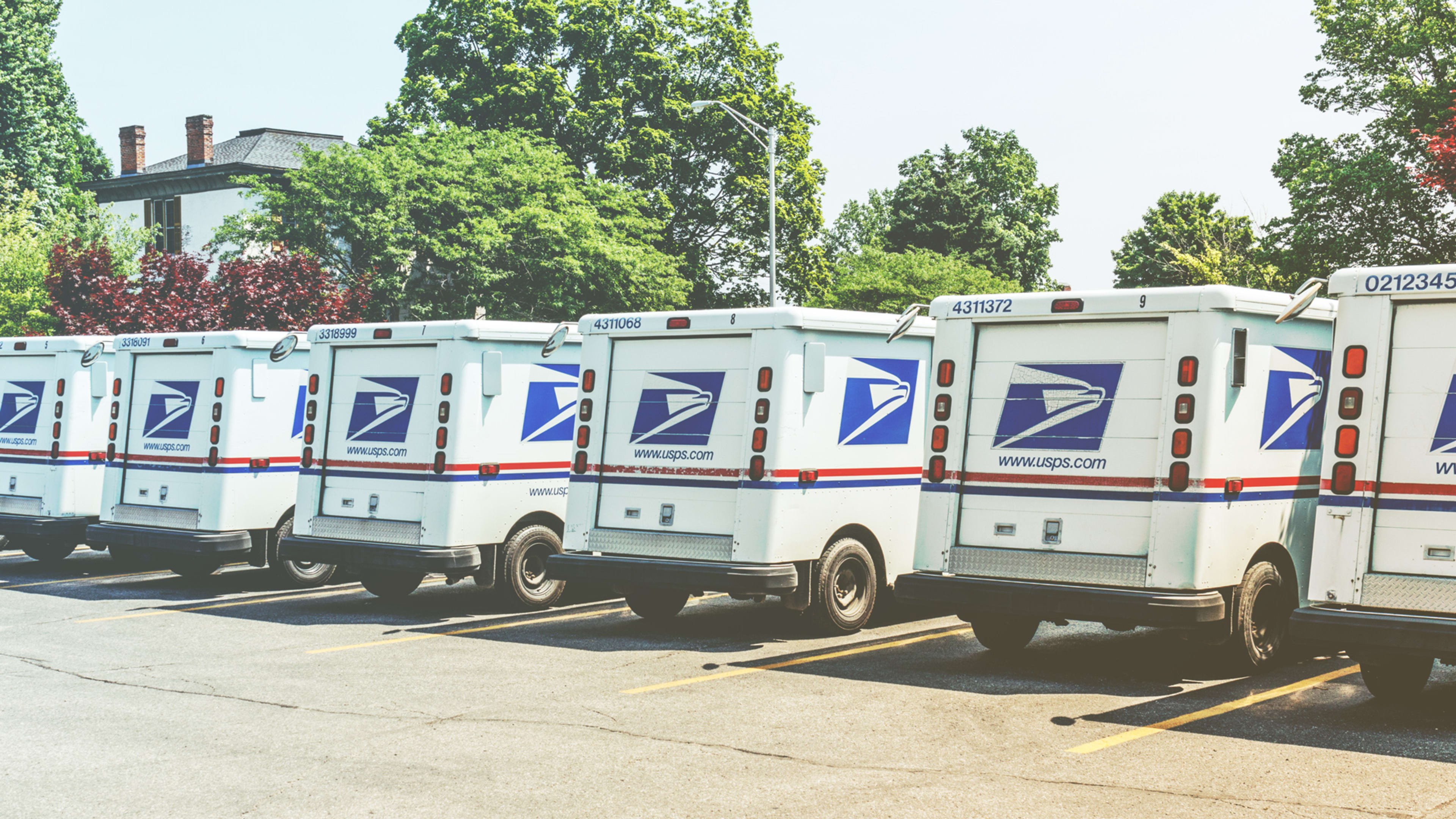The next time you hear “snail mail,” think about this: every day, the United States Postal Service (USPS) processes and delivers 181.9 million pieces of mail (5,464 a second) and manages an army of 82,000 mail carriers while processing about 118,000 address changes. Though it’s come under fire from our government’s highest offices and had its long-term viability called into question, the USPS is actually an undercover tech leader, managing colossal digital and physical infrastructure and reliably serving a populace with ever-increasing expectations for convenience. Hurting the USPS is bad for consumers and hobbles an entire field of innovators in marketing, compliance, data, IoT, and more.
As the cofounder of a startup that’s worked closely with the USPS for more than seven years, I’ve seen firsthand there is much that tech and legacy companies could stand to learn from the agency—as opposed to the other way around.
Regulation doesn’t have to hold you back
The Postal Service is subject to strict and comprehensive regulations. But even while operating inside these regulations—which could easily be an excuse for staying conservative—the service finds responsible ways to make tech work for it. The USPS has used AI and edge computing tech in 200 locations nationwide to improve parcel data processing speed 10 times over. It’s a world leader in optical character reader technology: Machines read about 98% of all hand-addressed mail and 99.5% of machine-printed mail. Members of the USPS’s National Change of Address team meet personally with startups to figure out how to enable tech that furthers their work and direct mail in general.
Your organization may not fall under congressional regulations, but you likely have an analogous bottleneck: legacy technology, compliance concerns, or internal cultural inertia. If the USPS can find ways to push the envelope forward even under strict congressional oversight—you can do it too.
Be a custodian of user data
If data is gold, then the USPS is Fort Knox, and the postal agency protects that data as vigilantly as you’d expect. Only a handful of organizations have ever passed the rigorous vetting process necessary to access the National Change of Address and Coding Accuracy Support System datasets. But it’s not just about limiting access—it’s about taking a principled approach to personal data and the agency’s responsibility for it through strict governance.
The USPS acts as a judicious “data custodian” (as opposed to a “data owner”), a mindset finally starting to spread in technology. It’s one of our tenets at my company, Lob, too: No company should consider themselves owners of consumers’ data, nor should they feel entitled to use and abuse it however they please. We hold ourselves accountable for keeping the data safe and clean and ensuring any access is ultimately in the service of consumers and not just the bottom line.
By now we’ve seen innumerable examples of consumer backlash over misguided data use. The USPS understands that a large part of their value is in their trustworthiness. Private businesses should understand this too. Trust is the resource you can’t simply get back.
Data is the key to digitization
The USPS is also great at another aspect of data custodianship: unlocking data and turning it into fuel for more technological progress. Through its own R&D investments, plus thoughtful partnerships with budding startups and its high-volume work with America’s biggest senders of mail, the USPS shows incredible openness and willingness to try new things with all that valuable protected data.
This experimental mindset has led to new features such as Informed Delivery, which can now tell you exactly what mail will be delivered to you on a daily basis. The feature also depends on another incredible data source: one of the nation’s biggest and most well-run IoT networks of more than 260,000 handheld scanners, which help track all that mail in real time. Legacy businesses fumbling through their own digital transformations should look to the USPS as an example of how thoughtful, wide-scale digitization can directly make things better for customers.
The USPS is much more than just mail delivery—it’s an American institution. The logistics operation it is responsible for represents one of modern society’s most complex challenges (just ask anyone but Jeff Bezos). But it is also the foundation for an entire ecosystem of direct mail technology, and an important example of how big institutions can contribute to meaningful industry change while remaining effective and safe.
Leore Avidar is the CEO and cofounder of Lob.
Recognize your brand’s excellence by applying to this year’s Brands That Matter Awards before the early-rate deadline, May 3.
